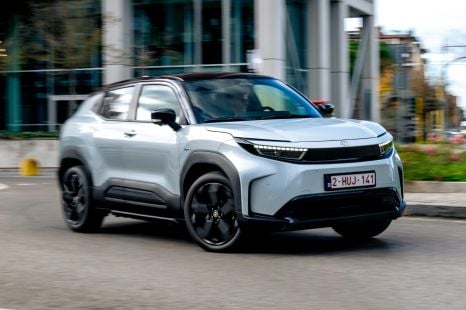

Matt Robinson
2026 Toyota Urban Cruiser review: Quick drive
5 Hours Ago
Guest User
My dashboard
Senior Contributor
China’s Great Wall Motor (GWM) forecasts its revitalised GWM Ute and Haval SUV range will generate close to four-fold sales growth in Australia in 2021.
The company’s local arm has launched the GWM Ute, Haval H6 mid-size SUV, and Haval Jolion small SUV since November last year, and has additional variations of the first two arriving over the next few months.
Given its current dealer order rate and forward estimates, the company now says it’s targeting 18,000 sales here this calendar year – 240 per cent up from its 5244 sales last year, which in turn was up from just 3108 sales in 2019.
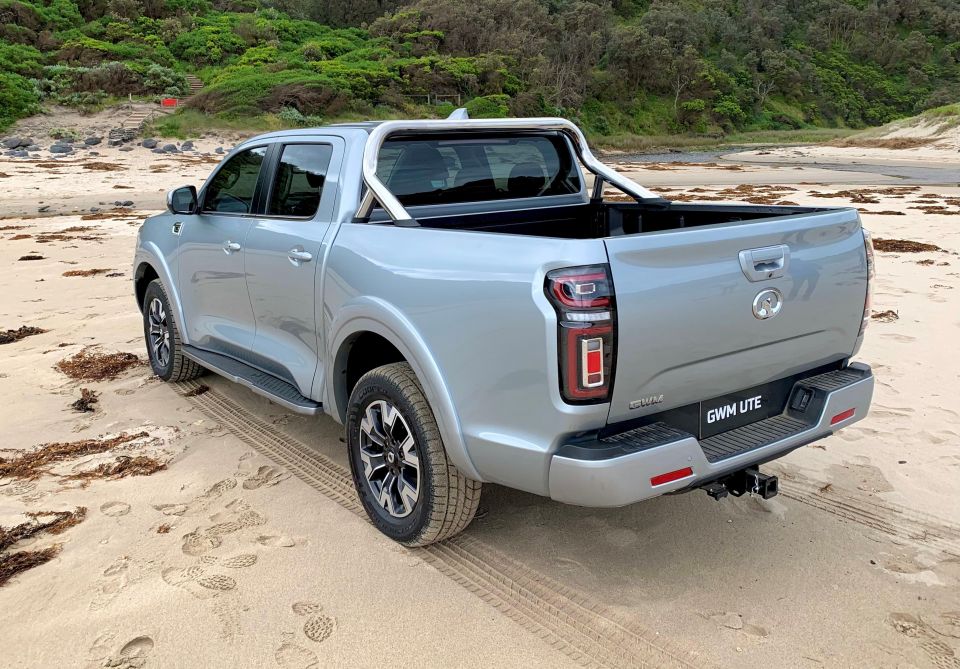
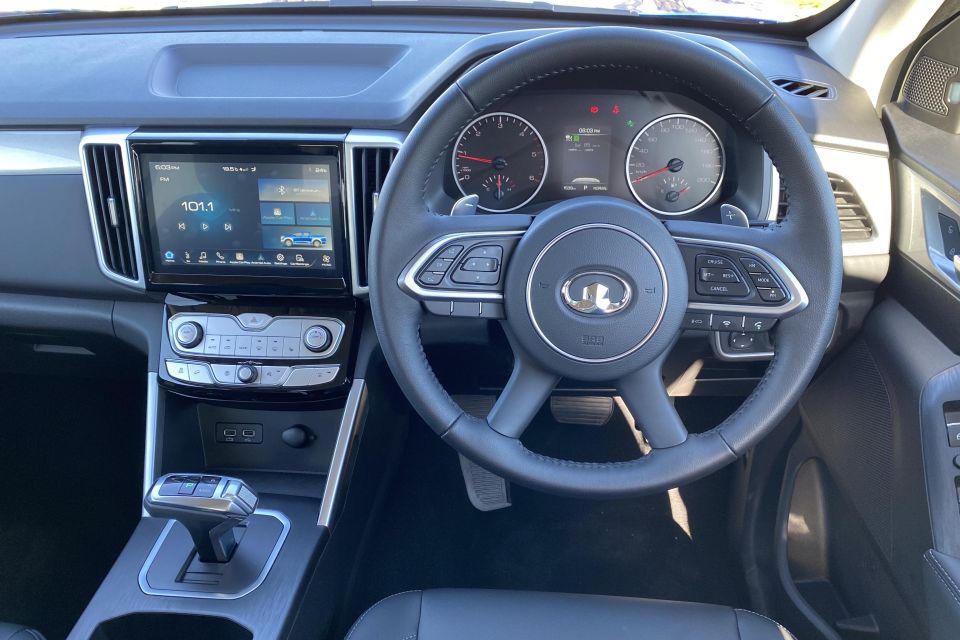
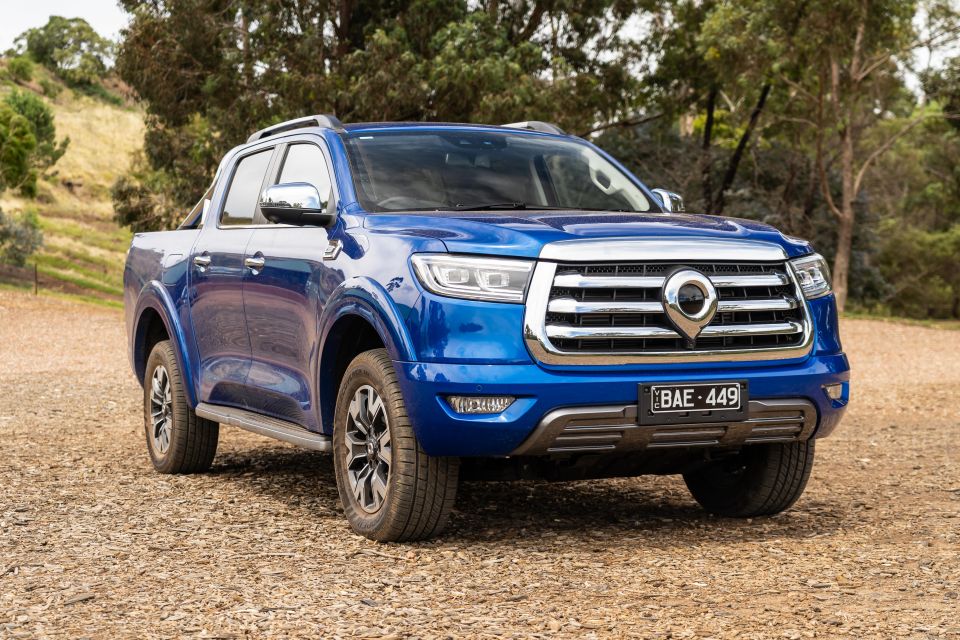
That’s a meteoric rise reminiscent of fellow Chinese brand MG, which has rocketed into the top 10 carmakers in Australia this year.
The company claims its improved line-up has been supported by uninterrupted stock levels, a dealer network that’s doubled to 80 since last year, and big brand-led advertising campaigns.
But things seem unlikely to plateau there, since the company’s wholly-owned Australian subsidiary plans several new variants within months, two design-led SUVs in 2022, and Ora brand electric vehicles as soon as 2023.
GWM’s Australian national sales company is seen as a key part of its global plans: as a lucrative sales and profit opportunity for one, but also as a precursor (test) market for further global expansion.

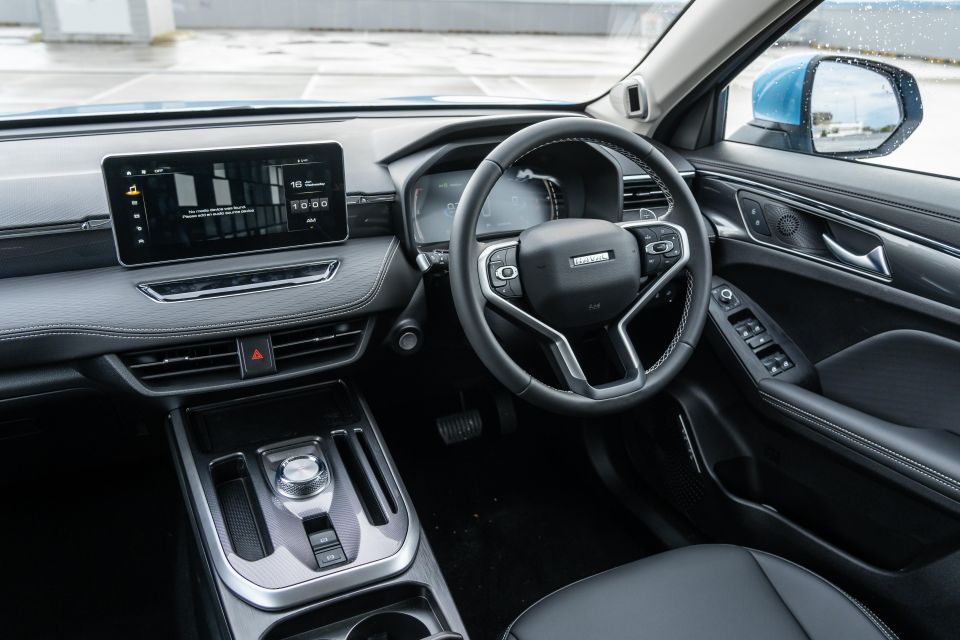

Founder and Chairman Jack Wey, who owns 54 per cent of the Hong Kong Stock Exchange-listed company, wants a global footprint. But more than a million of GWM’s 1.16 million global sales last year were in China.
First the company has confirmed it will launch new price-leading 4×2 automatic and 4×4 manual versions of the base-variant GWM Ute Cannon dual-cab in July. The starting price should be around $30,000.
Later in 2021 it will then launch a petrol-electric hybrid version of the H6 SUV, to tackle Toyota’s dominant (and supply-restricted) RAV4. As such it will beat Kia’s new Sportage hybrid expected in early 2022.
GWM confirmed the Haval H6 will continue to come from China, rather than its newly-opened Thai plant purchased from General Motors. That plant supplies its home market, for now.
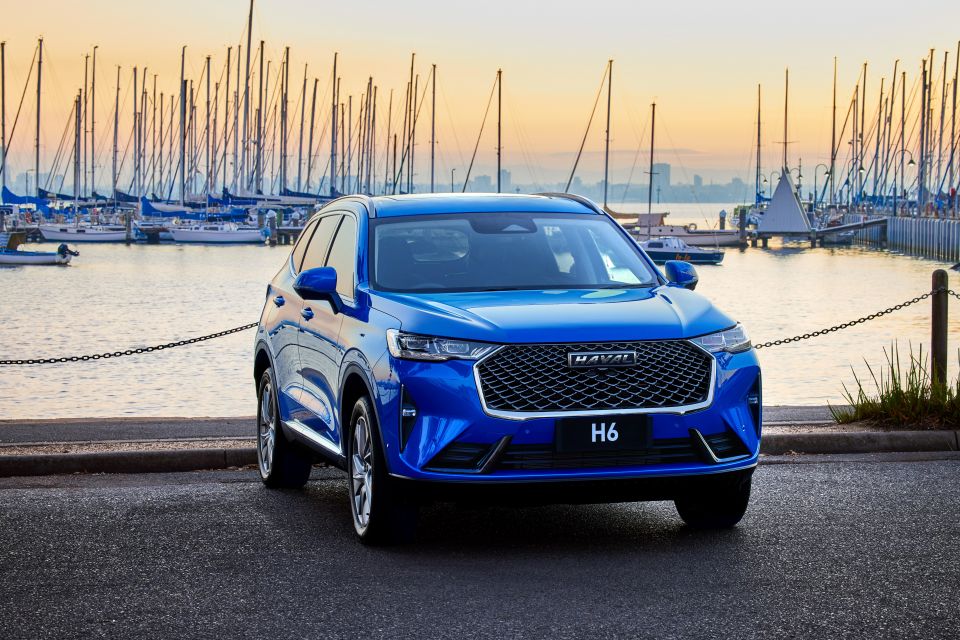

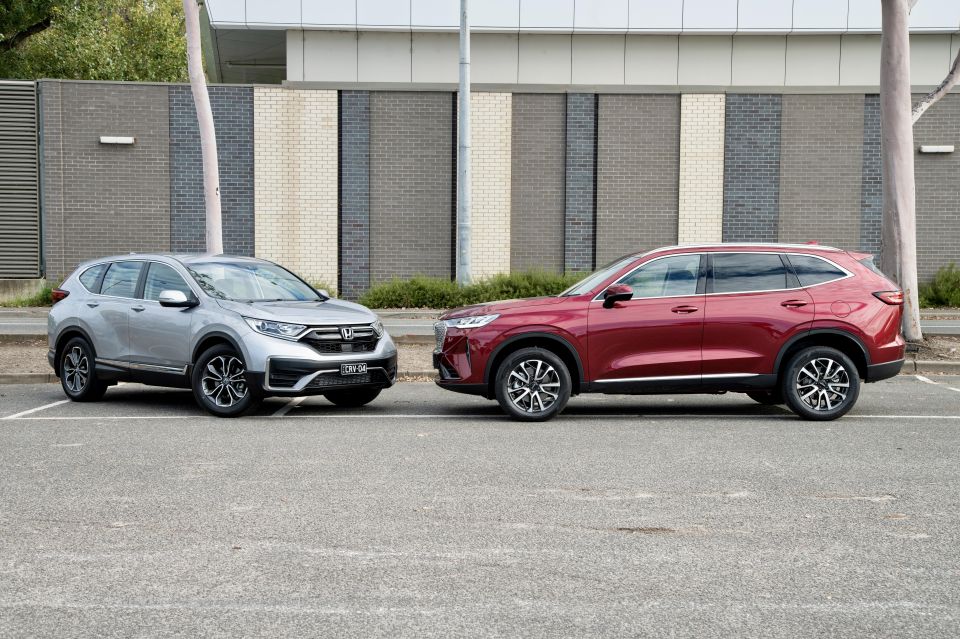
Moving into 2022, the company is all but certain to launch two box-shaped SUVs: the Haval Big Dog and Tank 300. Tank was recently made its own GWM group brand.
It’s not clear whether these model names will be used in Australia. The GWM Ute as it’s sold here is called the GWM Poer in China, so the company has changed badges for this market before.
The Haval Big Dog is mechanically the same as the new H6 but ‘top hats’ the chassis with a boxier, more rugged design vaguely reminiscent of a Mercedes-Benz GLB.
The body-on-frame Tank 300 is a different beast altogether. This GWM Ute-based 4×4 has low-range gearing as well as front and rear electromechanical locking diffs, and is expected to have a diesel option.

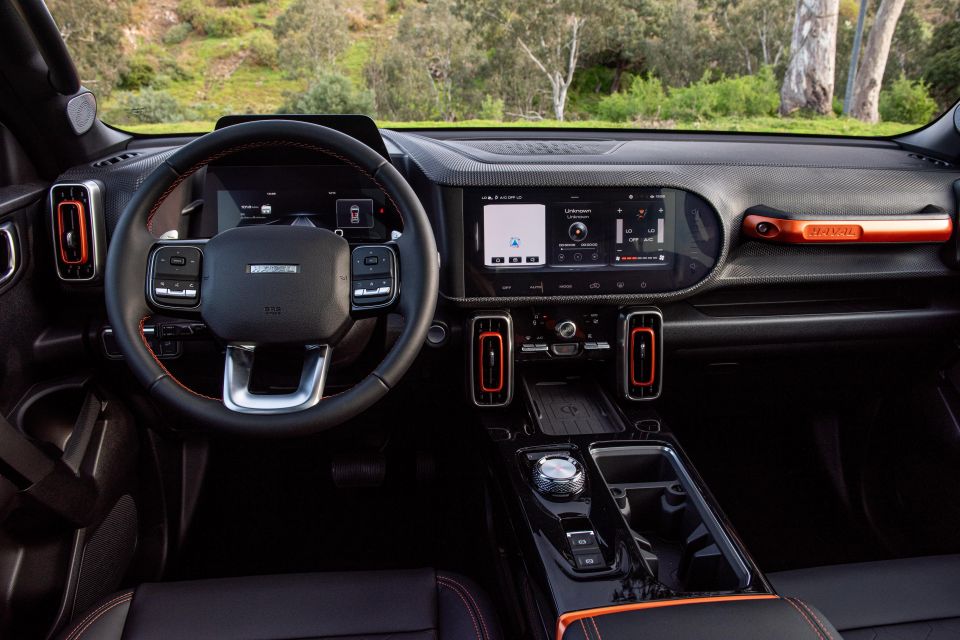
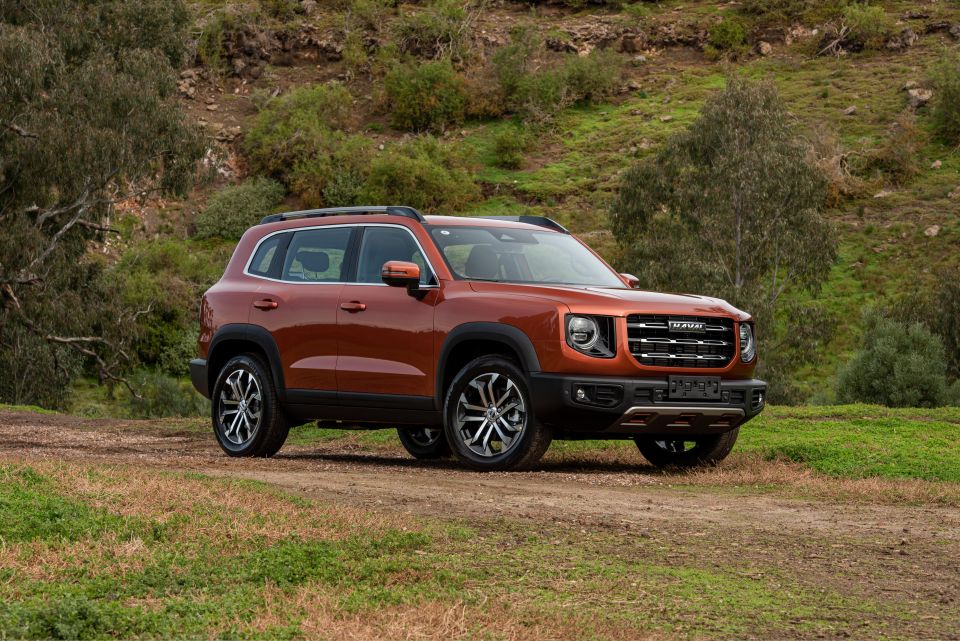
GWM Australia says it has run focus groups through both cars, and presented the business case to get both vehicles here.
The decision is currently being evaluated by headquarters in Baoding, around whether sales forecasts justify the right-hand drive investment.
It’s worth pointing out that GWM has left-hand drive Tank 300 and Haval Big Dog vehicles in Australia right now, for promotional and testing purposes. That local launch has all the appearance of a fait accompli…
Next cabs off the rank are EVs from another GWM Motor brand, Ora, which are likewise “very much on the GWM Au roadmap” according to company management. GWM has a joint-venture deal to build electric Minis for BMW in China.
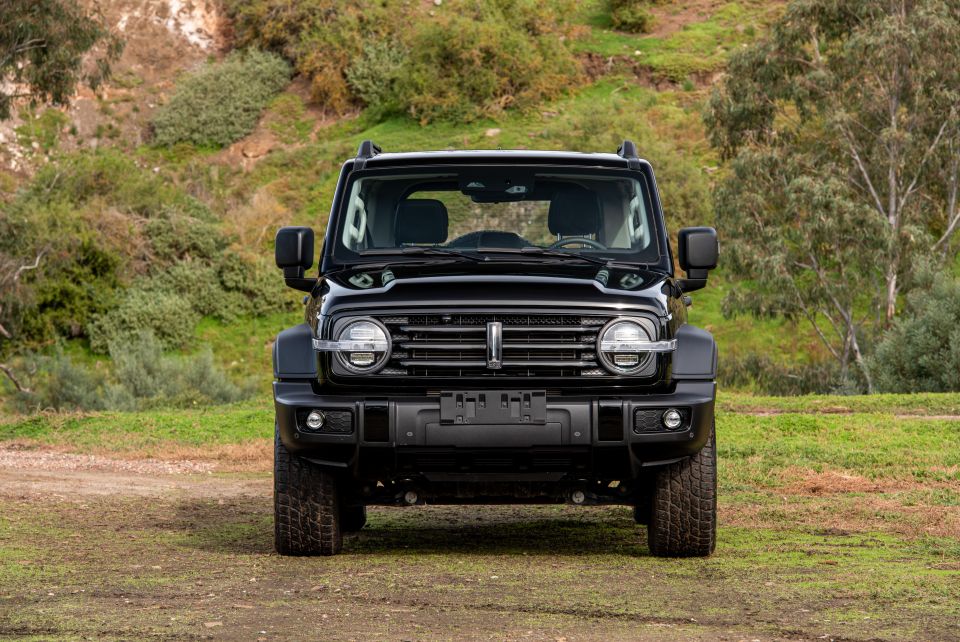

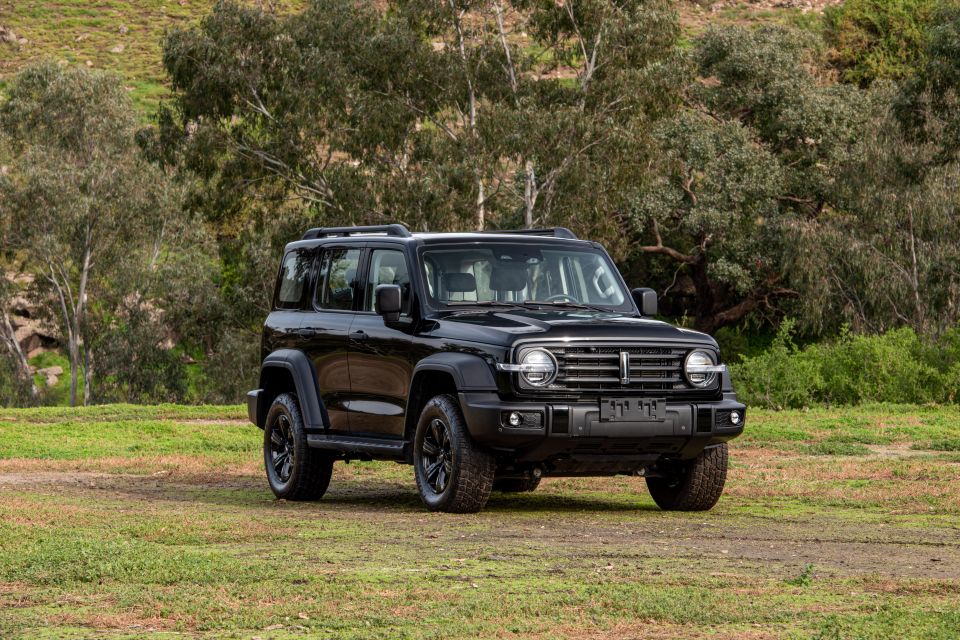
Vehicles under analysis include the cute Ora Good Cat hatchback, and Lightning Cat fastback.
Today’s GWM cars are unrecognisable compared to the Great Wall utes sold in Australia by a licensed distributor, Ateco, between 2009 and 2016. The company opened its wholly-owned local operation shortly after.
GWM claims to have 70,000 staff, and does research and development in seven countries. Its imposing Baoding headquarters is full of engineers and designers poached from Daimler, BMW, Volkswagen, and Land Rover.
Great Wall Motor Limited is listed on the Hong Kong Stock Exchange and its $53.5 billion ($A71b) market cap is greater than the likes of Volvo, Hyundai, and SAIC.

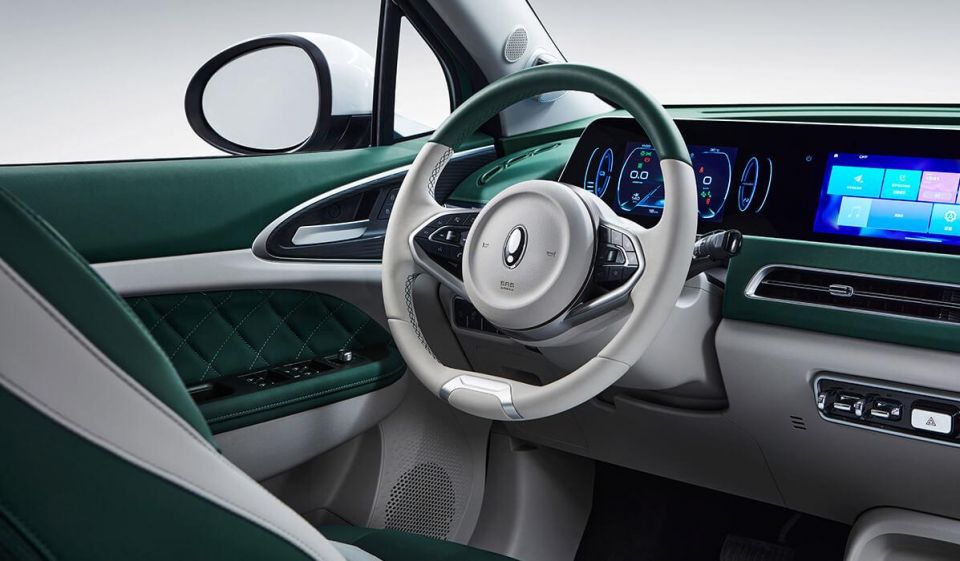
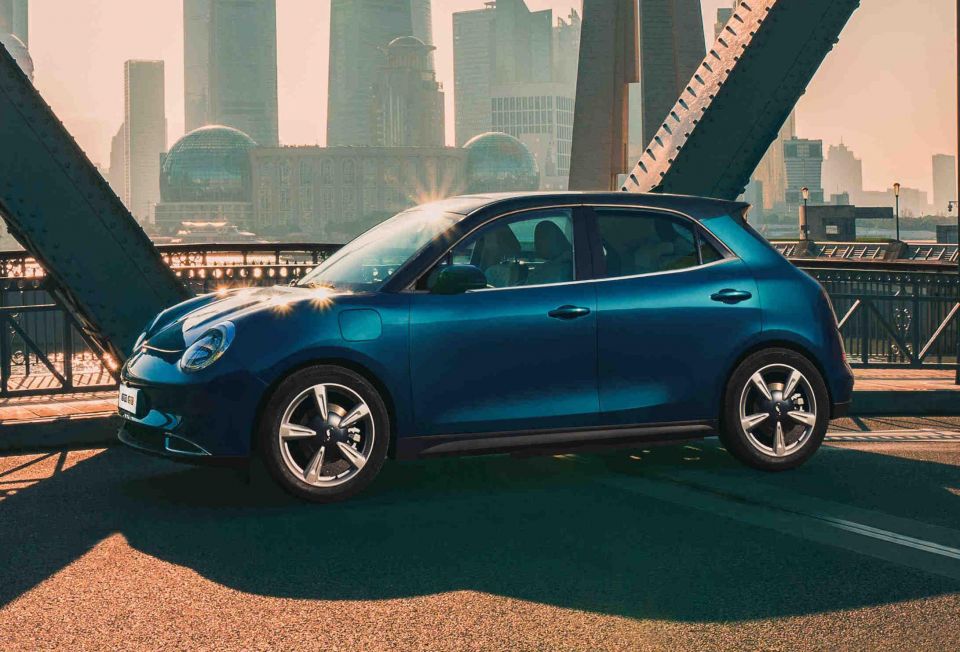
But more than half the business is owned by founder Chairman Jack Wey, so it’s therefore still privately-run.
This is key to its international rollout, according to GWM Australia marketing and communications chief Steve Maciver. In fact Mr Maciver said Chairman Wey would view it as a failure if GWM didn’t go global.
“We talked earlier about the development of right-hand drive. If we can make the business case work it’s because of the way this company is structured,” Mr Maciver added.
“If Chairman Wey decides that making Tank 300 and [Haval] Big Dog into right-hand drive configurations is important for global growth, he’ll make that happen pretty quickly, because that direction will come from him.
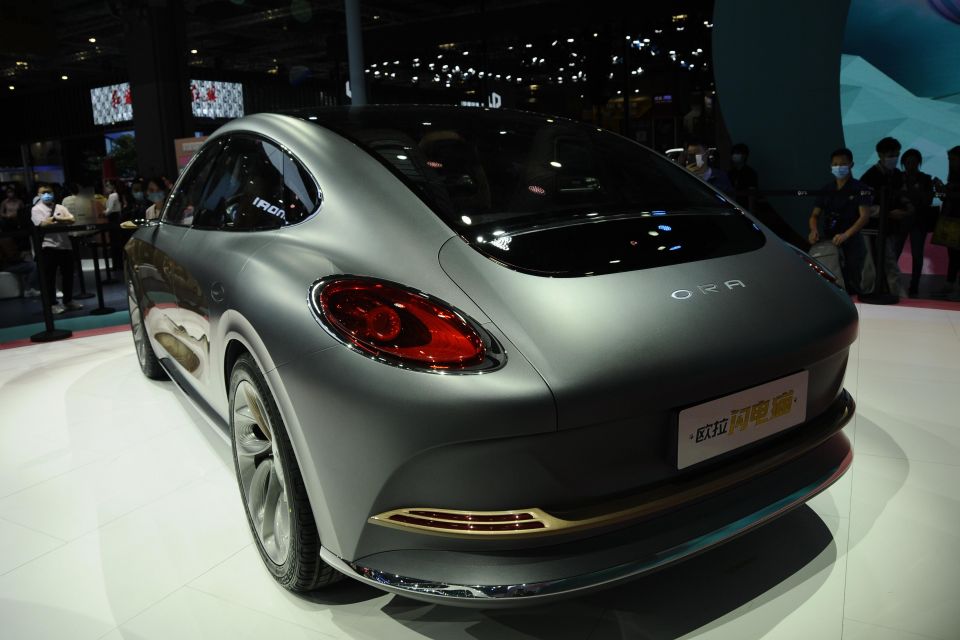
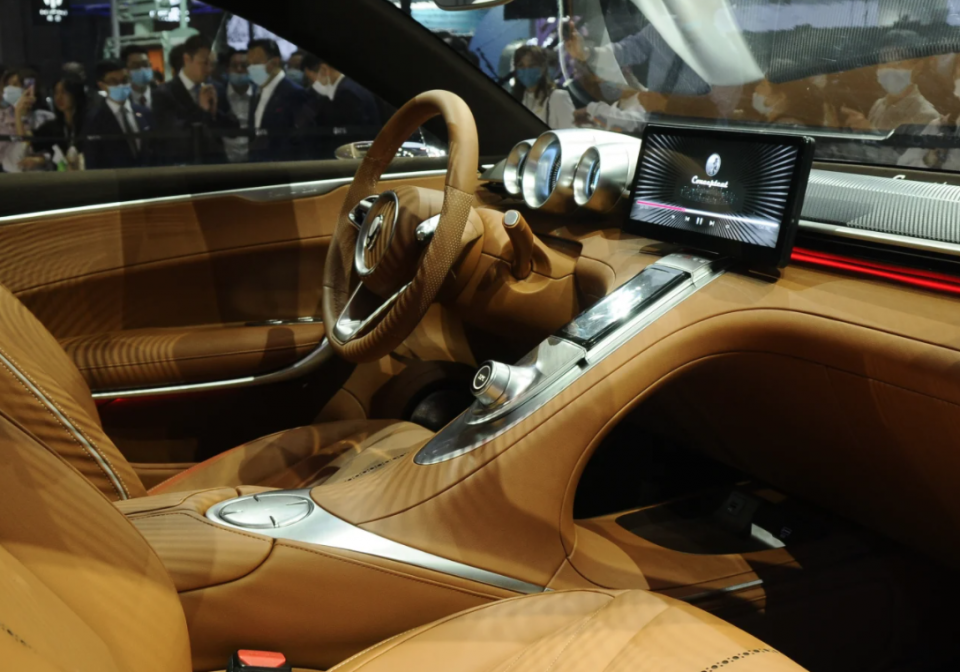
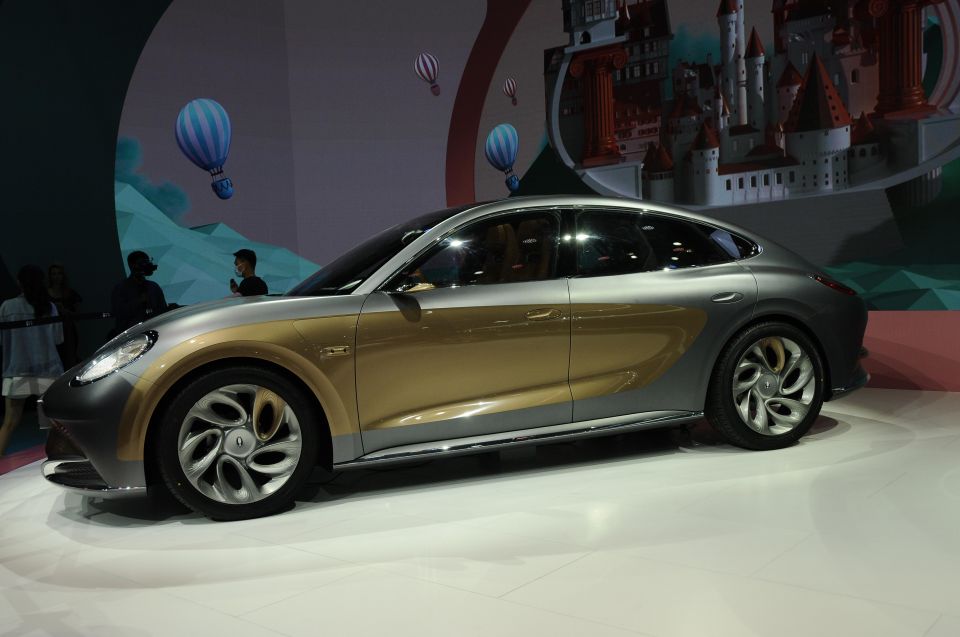
“It’s very different from a lot of other car companies where there are layers and layers of approvals and committees to get things done. We work a little bit differently, we’re a little bit more nimble than a lot of other car companies despite our size.
“That’s some of the reasons we think that moving from a left-hand drive configuration of something like a Tank [to RHD] we could probably have within eight to 12 months of us having this conversation.”
Another key growth factor for the GWM brand is supply: namely the fact it has stock on the ground and plenty more on boats, having largely avoided major production snags.
With the global semi-conductor shortage decimating supply for many brands, leading to wait lists on popular models, this looms as another key advantage.
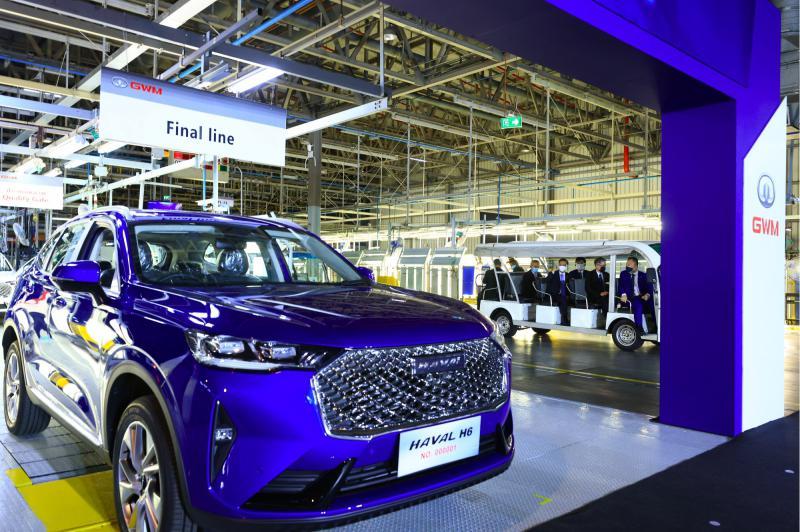
The growth of Chinese brands has become a major story in the Australian car market. Data shows 27,430 China-made cars have been sold here this year, up 240 per cent in an overall market up 37.5 per cent.
These vehicles are made by MG, LDV, and GWM, plus some Volvo models and Tesla models are also sourced from there. Moreover BYD will launch EVs this year through a private distributor.
Chinese is now our fourth-largest source of cars behind Japan, Thailand, and Korea, and sits ahead of Germany.


Matt Robinson
5 Hours Ago
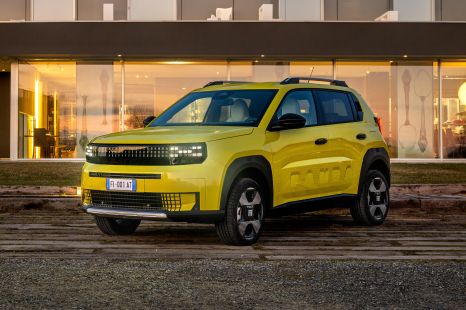

Damion Smy
16 Hours Ago
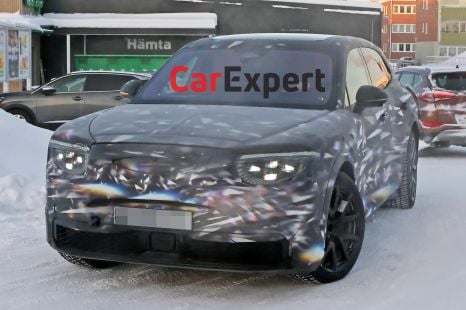

William Stopford
17 Hours Ago
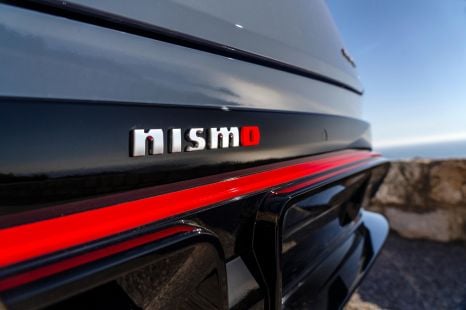

Ben Zachariah
18 Hours Ago
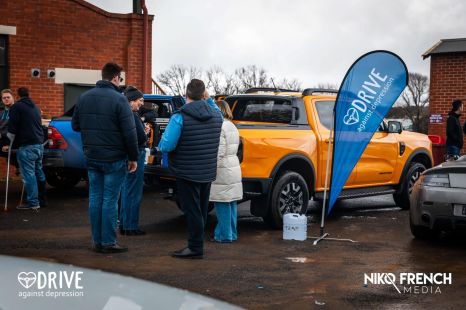

James Wong
18 Hours Ago
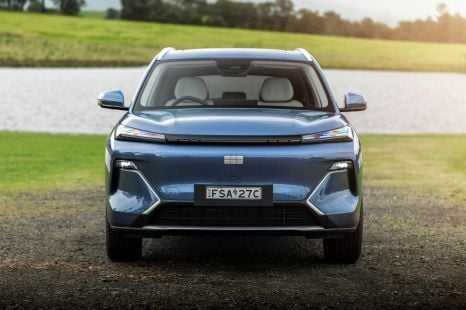

James Wong
21 Hours Ago